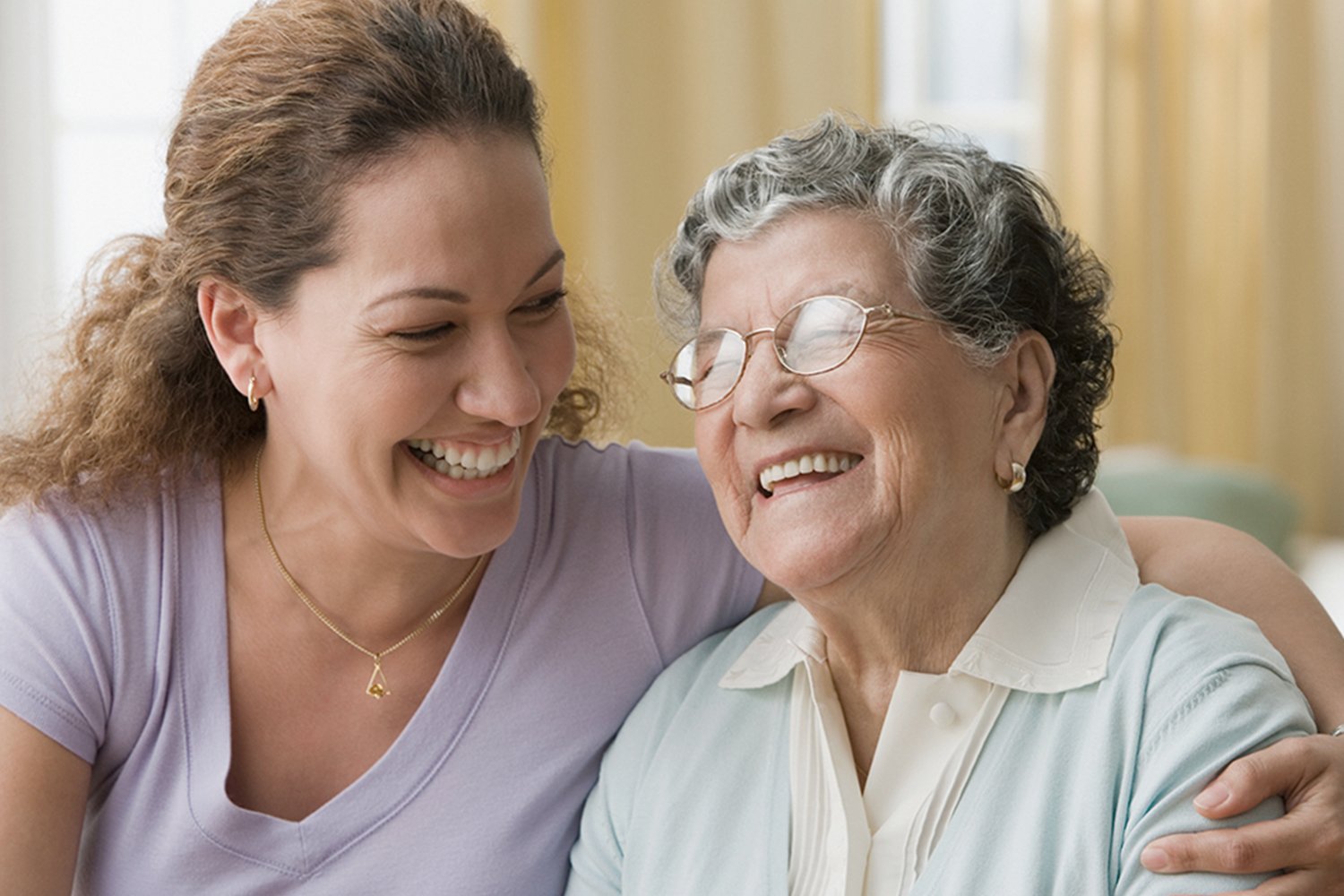Holidays are an Ideal Time to Learn
During the holidays many families gather and celebrate together. This is often a time when you see family members you haven’t seen in a while, which can be both wonderful and startling, especially if an older member is not acting like themselves. They are more forgetful, maybe somewhat aloof or a bit confused.
You can easily attribute these changes to simply “getting older.” It’s a natural, self-protective response as it is so difficult to imagine a frightening alternative like dementia or, more specifically, Alzheimer’s Disease for someone you are close to.
To start, let's not get over our skis to quickly allowing our fears to get in the way of taking responsible steps to explore if there are real problems. Quickly understanding what you are dealing is critical, however, don’t get ahead of yourself and automatically assume dementia solely causes any lapse in cognitive function. There is a slew of reasons for symptoms you may be observing, especially with elderly folks, which can be attributed to issues including a hormone imbalance, a urinary tract infection, heart and kidney disorders, even vision and hearing problems.
To help you better understand what you are observing the Alzheimer’s Association has developed an excellent checklist called “The 10 Early Signs and Symptoms of Alzheimer’s”. I strongly recommend that you review these symptoms. If some of these warning signs ring true, speak with your loved one and talk about finding a doctor to help them.
Regardless of what you may have heard about the difficulty to diagnosis Alzheimer’s a skilled physician can diagnose Alzheimer’s with an accuracy rate that exceeds 90%.
Whenever I am speaking with family caregivers about Alzheimer’s or other Central Nervous System health conditions, I am often asked, “How do I select the right doctor for my family member?” A good place to start is to make an appointment with their primary care doctor. Discuss your concerns and, if necessary, ask for a referral to a specialist, such as a neurologist, with specific experience diagnosing and treating the condition you are concerned about. You can also call your local hospital, contact the neurology department and ask for a doctor reference.
Once you find a doctor that you both feel comfortable with, you will need to become your loved one’s active health advocate to ensure they receive the most accurate diagnosis and best care possible…as quickly as possible.
To correctly identify what is causing the changes you have observed your doctor may order a series of tests to help eliminate possible causes for the symptoms before forming a professional diagnosis.
This process can produce anxiety, especially if you are unsure of what is going on, so don’t be shy about asking your doctor to clearly explain the testing process. What tests are being ordered? What’s the doctor looking for in the results and why? It is always best to ask questions until you are satisfied. This will also help you develop a better working relationship with your doctor.
In addition to available medical resources, please know you are not alone. Right now, there are millions of families across the country in a very similar situation to yours.
Today, it is easier than ever to connect with people who totally understand what you and your loved one are going through. For in-person support group locations contact your local hospital, place of worship, even ask your doctor. This, together with online communities with organizations including the Alzheimer’s Association, Family Caregiver Alliance and AARP are wonderful sources for information, companionship and inspiration.
No one want to see a loved one, especially an elderly family member going through health difficulties. However, regardless of the health condition, the earlier a correct diagnosis is determined and treatment begins the better the chances are you and your loved on can focus on what’s most important and work together for the richest life possible.
Help yourself. Help others.

